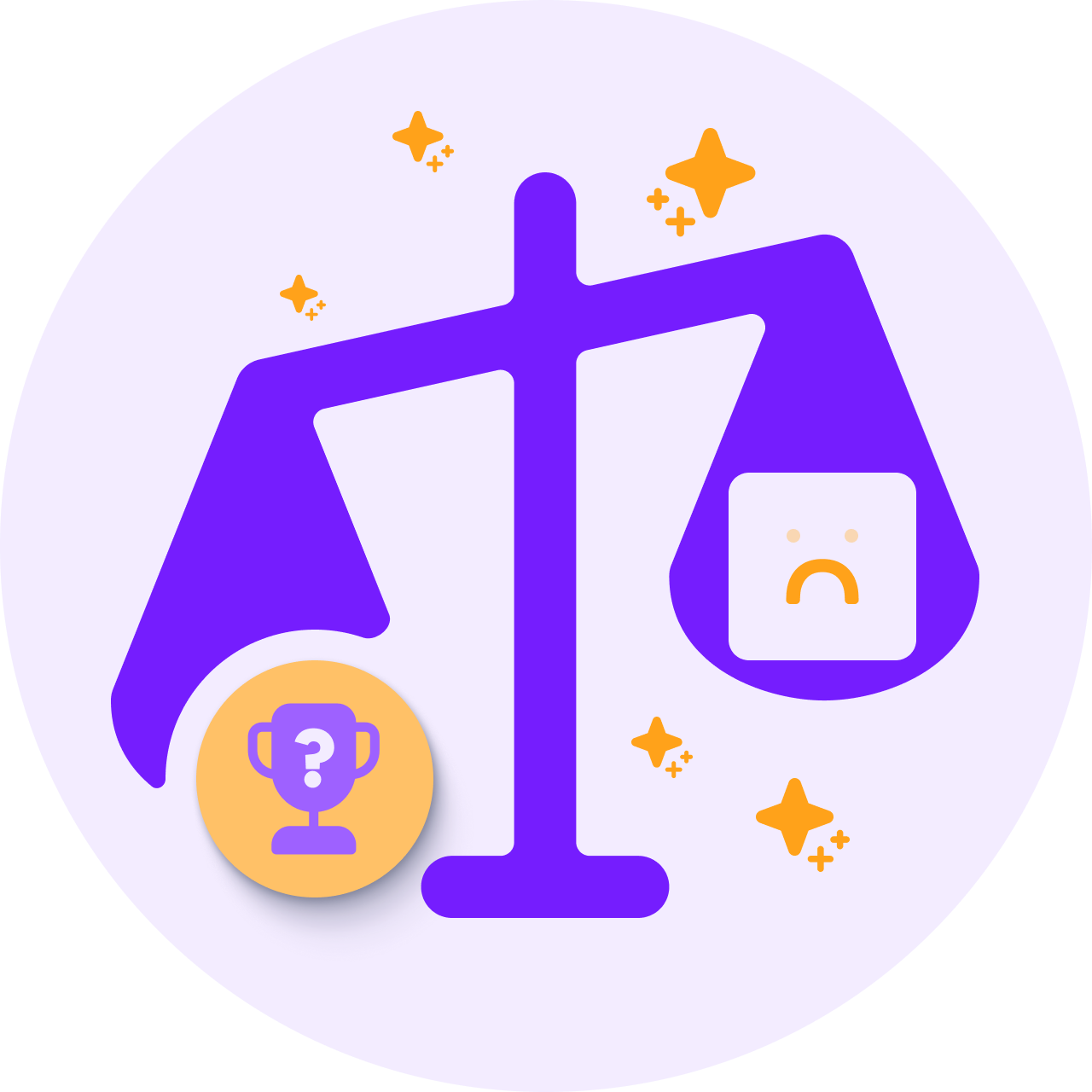Most Shopify merchants don’t start with a full-blown loyalty strategy. You find a free app, set up a simple points program, and figure you’ll upgrade later if it works out.
But here’s where things usually go sideways. A few months in, you decide to go beyond earning and redeeming points—maybe add referrals or VIP tiers—and suddenly that “free” app isn’t so free anymore. Some start charging around $49/month for referrals, others go up to $199/month or more for VIP programs, and a few even reach $999/month once you want to customize your loyalty experience fully.
You’ve already got customers earning points, so switching apps feels risky and time-consuming. That’s how most stores end up paying more than they planned—not because loyalty apps are bad, but because few merchants plan for what they’ll need just a few months down the line, and some apps don’t make it easy to see how quickly the bill can grow. That’s why we make a point of showing prices upfront for every plan.
Before you commit to anything, it helps to understand what major Shopify loyalty apps really include at each pricing level. Which features are essential, which ones are locked behind upgrades, and how much you’ll actually pay once your program starts growing. Furthermore, you might be interested in a curated list of alternatives to Smile. Or perhaps you're thinking of finding a better option than LoyaltyLion.
This guide breaks that all down—starting with the features most merchants end up needing, and then showing exactly which apps include them (and when).
What features actually matter in a loyalty app?
At first glance, every loyalty app looks the same—points, rewards, maybe a referral option. But once you start using one for real customers, you quickly see where the differences show up: what’s included, what costs extra, and how far you can go before hitting an upgrade wall.
Here’s a closer look at the features most Shopify merchants end up needing as their programs grow—and why they matter more than they seem:
These are the building blocks of a strong loyalty program.
The key is knowing which ones you’ll need early—because in most apps, they’re not all available from the start.
Which apps include which features — and when?
Now that we’ve covered what matters, let’s look at where each app stands.
Below is a breakdown of the most common loyalty features—from email notifications to POS and store credit—and the plan level you’ll need to unlock them.
You’ll notice a pattern: most apps start free but quickly charge for essentials.
That’s where hidden costs sneak in—and where Froonze takes a more transparent approach.
(💰 = Paid feature or available on higher-tier plans · ✅ = Included in free or base plan · ❌ = Not available)
Making sense of the numbers
When you lay all these apps side by side, a pattern starts to appear. The features themselves don’t vary that much—points, referrals, VIP tiers, emails, and POS support show up almost everywhere. What really changes is when you get access to them, and how much you pay once your order volume picks up.
Most merchants start with a free plan — and that’s fine. It’s a great way to test engagement and see if customers even respond to a loyalty program. But the real cost often sneaks in later: when you realize the “extra” features you assumed were standard—like translatable widgets, VIP tiers, or referral tracking—are locked behind a $100+ monthly upgrade.
That’s exactly why transparent pricing matters. A predictable loyalty setup means you don’t get surprised when your store grows. If you’re scaling past a few hundred orders a month, you’ll want a plan that grows with you—not one that turns into a balancing act of features versus cost.
With Froonze Loyalty & Wishlist, that predictability is kind of the point. You can start for free, add more capabilities only when you need them, and still stay in control of what you spend. No hidden thresholds, no forced upgrades—just a loyalty program that fits neatly inside your Shopify workflow.
Final thoughts
If you’ve made it this far, you’ve probably realized there’s no single “best” loyalty app—just the one that matches your store’s pace, size, and goals. The free plans are great to get you started, but once you’re serious about retention, what really counts is flexibility, not fluff.
Before committing to any platform, ask yourself a few quick questions:
- Can I customize the rewards experience without upgrading?
- Does pricing scale fairly as my orders grow?
- Are the key tools (emails, referrals, VIP tiers, translations) included early on—or locked away behind another paywall?
At the end of the day, loyalty should feel simple: reward your best customers, encourage repeat purchases, and keep them coming back because they want to, not because the math forced you into it.






